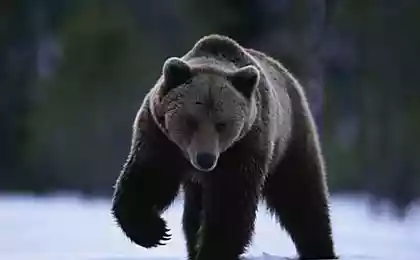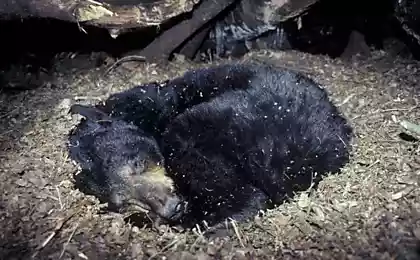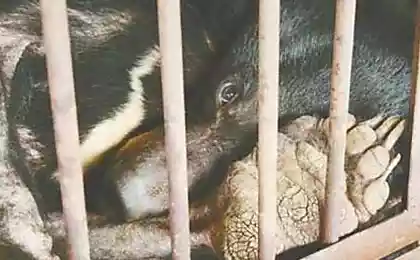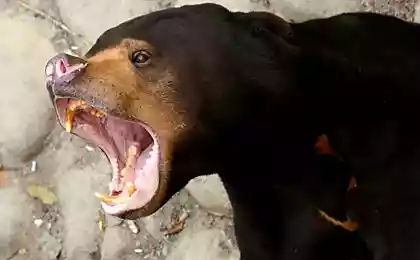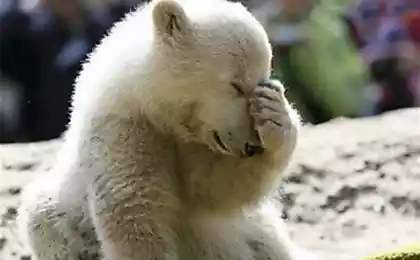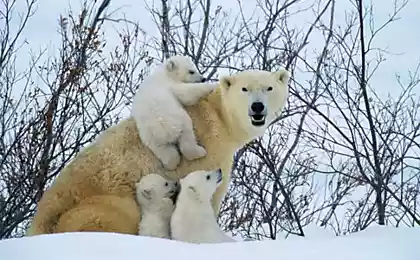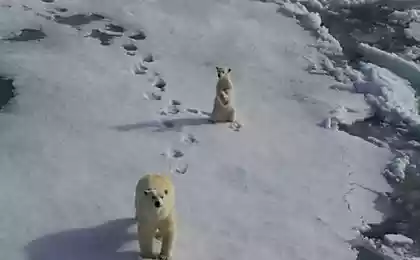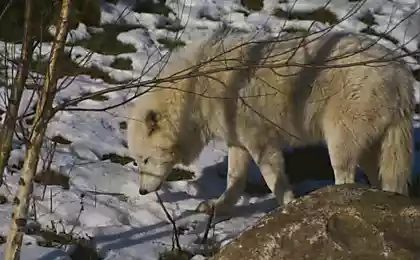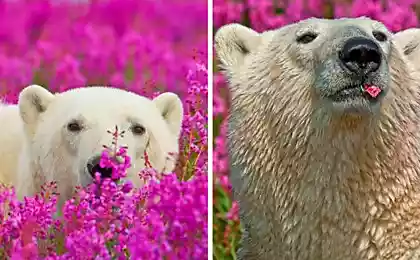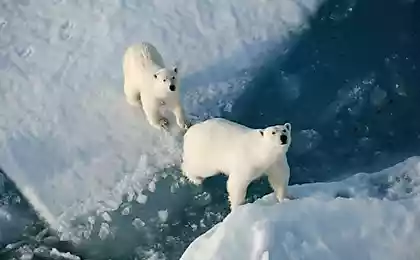5160
Interesting facts about polar bears
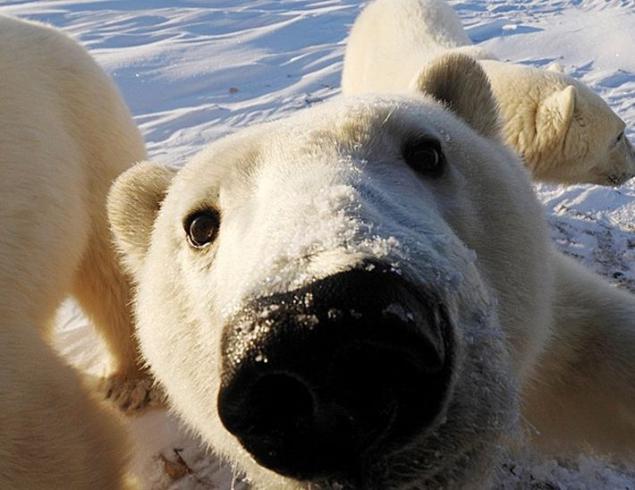
1. Despite the fact that polar bears are usually born in the land, however, they spend most of their lives at sea. Their official name Ursus Maritimus, which means "sea bear".
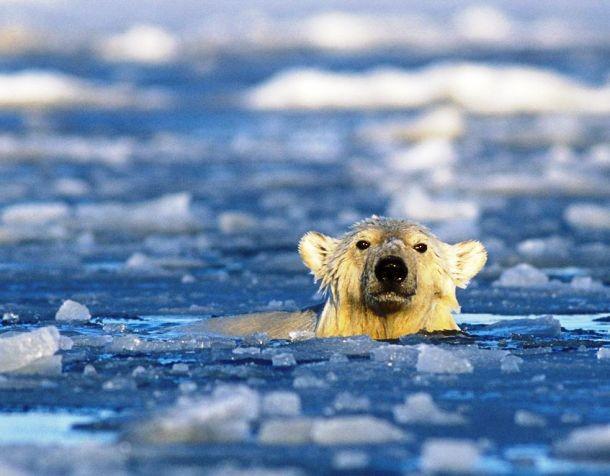
2. Polar Bears "broke" with their brown cousins about 5 million years ago. In white bears began to evolve unique characteristics that help them survive in the cold Arctic.
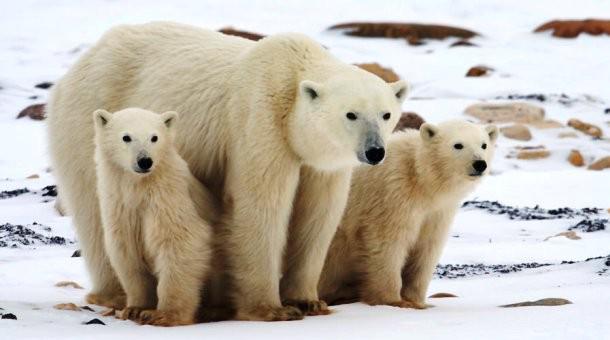
3. But, although they are different types for such a long time, polar bears can breed with brown bears, resulting in a hybrid cubs able to have offspring. This phenomenon is quite rare, but it happens in the wild and in captivity.

4. The distinctive feature of the polar bear - it is absolutely white fur. In fact, hair follicles - a transparent hollow tube, reflect light.

5. Nevertheless, their fur can sometimes appear yellowish or greenish. It turns yellow due to age and dirt, and the green color is caused by algae that can grow on the fur of a polar bear in the warm and humid conditions.

6. Another interesting fact related to color, is that the skin of the polar bears are actually black. This helps them to keep warm.
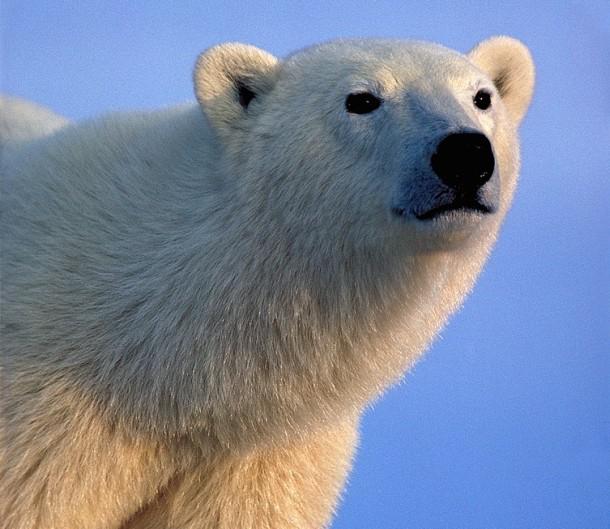
7. Language of polar bears as heavily pigmented, sometimes it is dark blue, partly due to the fact that the body is well supplied with blood.
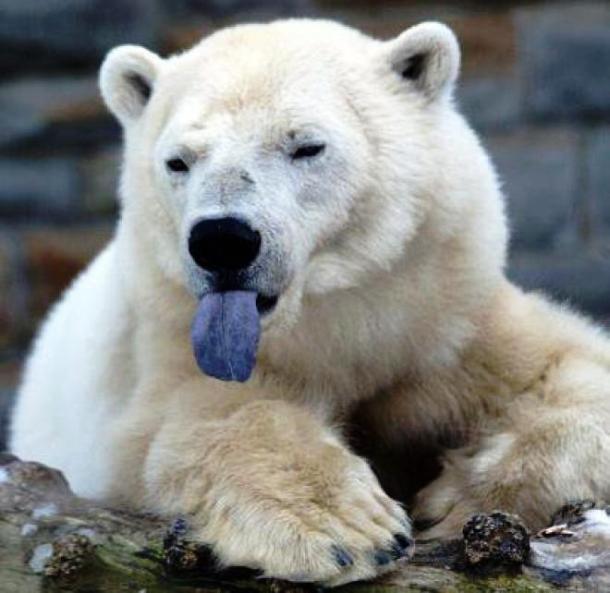
8. Due to the lack of human habitats on the remote (the Arctic Circle), polar bears have retained much of their original instincts and properties than other predators. Nevertheless, these animals are endangered, rare species as their number varies from 20 to 25 thousand individuals worldwide.
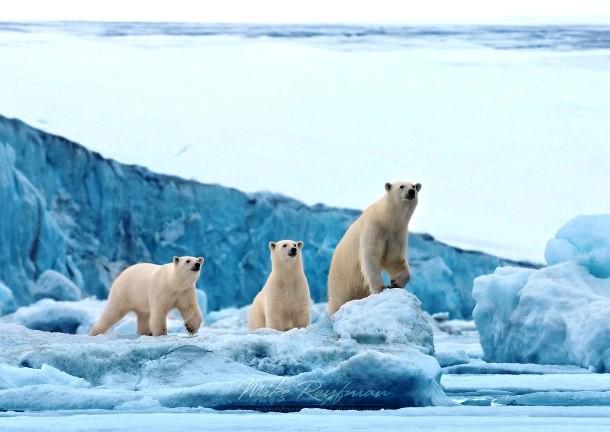
9. The average male weighs up to 700 pounds and grows up to 3 meters in length. These parameters make the polar bear's largest land predator in the world. The heaviest polar bear was a male weighing 1002 kg, which was shot in northwest Alaska in 1960.

10. Polar Bear - a great swimmer, in fact, he swims all day. One bear swam continuously for 9 days in the cold Bering Sea, breaking the 687 km to get to the ice floes away from the earth. Bears, by the way, swim at a speed of 10 km / h.
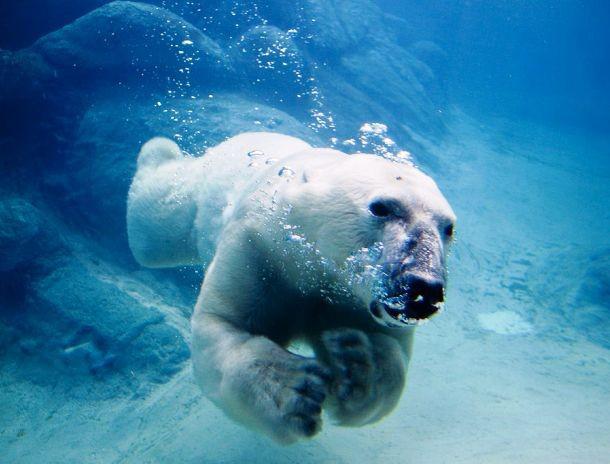
11. In the polar bear is usually clumsy and ponderous gait with an average walking speed of about 5 to 6 km / h. But, despite its huge size, bears can reach speeds of movement up to 40 km / h.
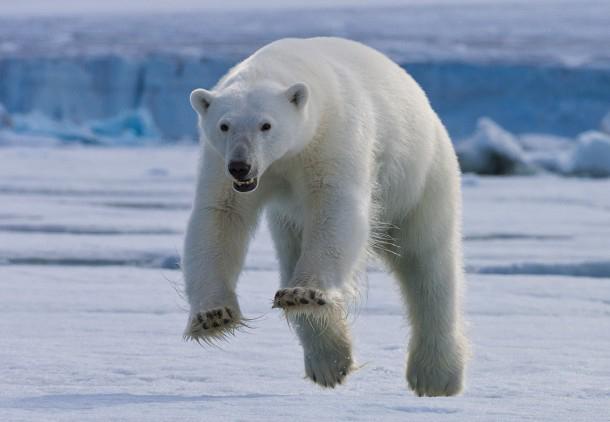
12. Although the polar bear, and bears the title of the largest predator in the world, cute polar bear cubs are born in size even smaller than human babies. However, they are much smarter, more capable and smarter because quickly learn, for example, how to stay completely still, so as not to scare away the prey, while their mothers hunt.

13. The seal hunt (their most common prey), polar bears use a lot of psychological and intellectual tricks. Allegedly they even closed their paws black noses, not to be seen on the snow.

14. The most common method of hunting in polar bears - it is hidden, careful hunting. Bear uses his keen sense of smell to locate a seal breathing holes, he laid side by side in silence and waiting, when will seem mining. Thus it can lie in wait for a few hours. When the seal appears in the hole for the exhalation, the bear smells the breath, puts foot in the hole and pulls out a sacrifice on the ice.

15. Polar Bears - amazing chistyuli. After the meal they spend at least half an hour to freshen up and clean the hair of dirt or leftovers.

16. After a good meal and a thorough cleaning of polar bears love to take a nap, often amusing, almost human poses.
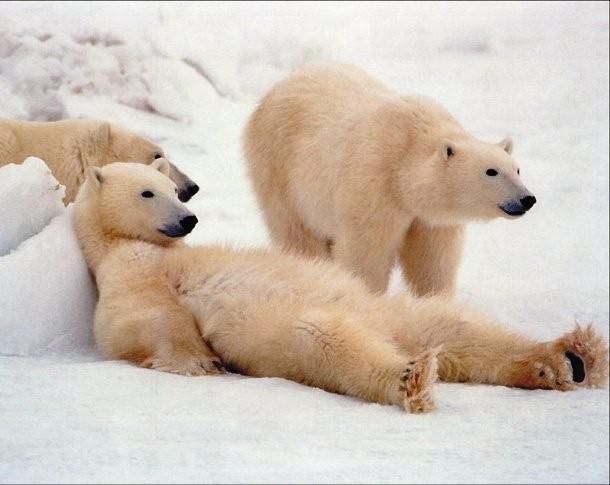
17. Polar bears are the only bears that do not fit into hibernation; they are active all year round.
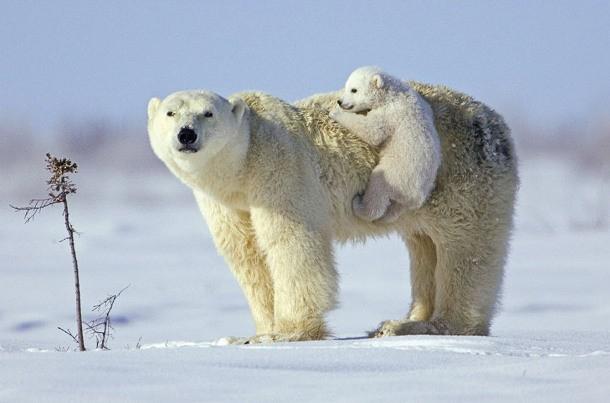
18. Thanks to its exclusive "biological design" polar bears - a warm-blooded animals; their body temperature never drops below 31 degrees. Sometimes they even avoid running and other vigorous physical activity, so as not to overheat.
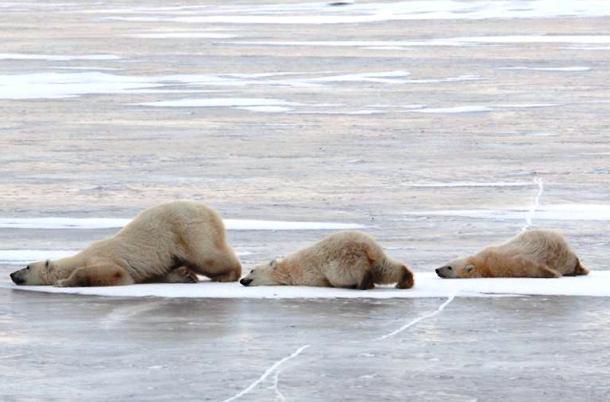
19. Some researchers believe that the intelligence of polar bears may be as high as that of the apes. This is shown by the unique methods of hunting, as well as creativity and the ability to bear to change their habits and behavior depending on changing environmental conditions.

20. If the polar bear is not going well with the hunt for 7-10 days, its metabolism slows down and the body begins to live off fat reserves as long as there is no catch prey.

21. Do polar bears particularly developed sense of smell. They can smell a seal on the ice at a distance of 30 kilometers, and they can smell a seal breathing hole in the ice at a distance of about one kilometer, even if the seal is not around.

22. Due to the decrease of ice sheets, scientists predict that by 2050 two-thirds of the current population of these amazing animals will disappear.

23. Fortunately already taken measures to protect polar bears, as well as restrictions on sport hunting, because there is hope that the world population of these animals will not shrink at a pace. Do polar bears have even their international day - 27 February.
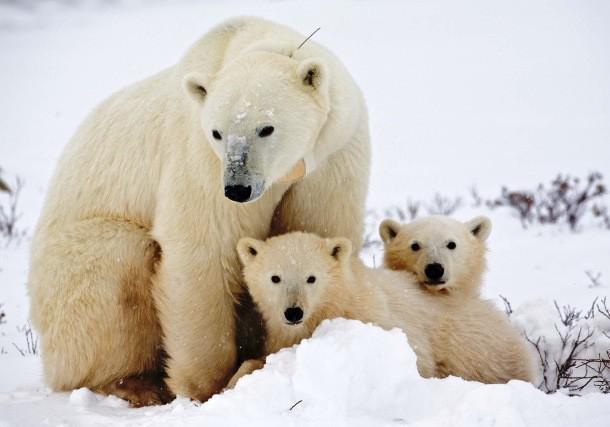
24. In spite of the ingenious methods of hunting and cautious behavior, only about 2% of their hunting efforts lead to success, that is, catch prey.
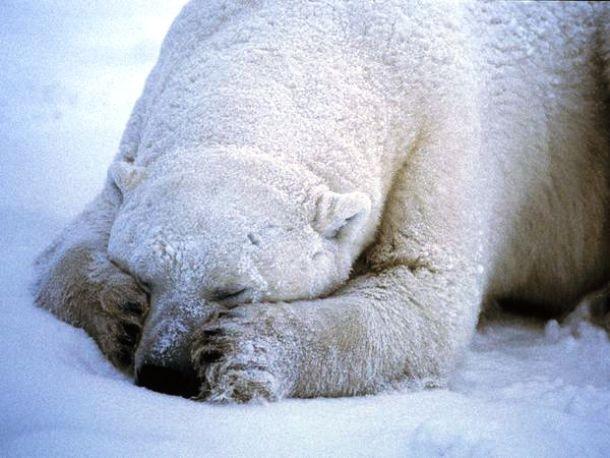
25. As a rule, polar bears hunt foxes, but in Canada was recorded case of strong friendship between the two animals. They played together, and giant bear even shared a meal with his little friend.


